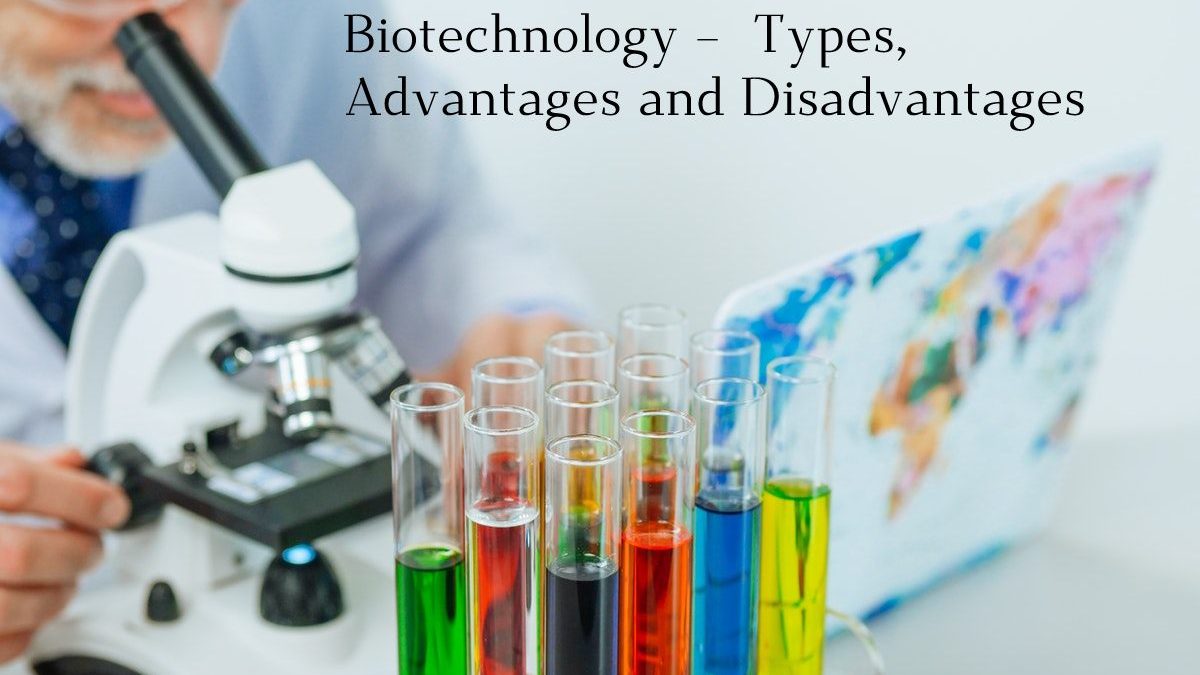Table of Contents
Biotechnology
Biotechnology is the application of technology that uses biological systems and living organisms –or derivatives- to create or modify processes or products for specific uses. It is known for its multidisciplinary area since it is applied in chemistry, biology, and various processes to reach different sectors such as medicine, pharmacy, agriculture, food science, and forestry.
What is Biotechnology?
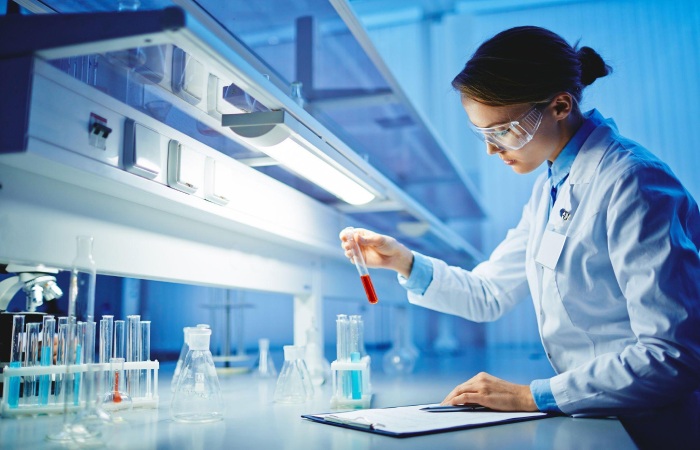
Biotechnology encompasses the entire set of techniques, processes, and methods that use living organisms, such as bacteria, fungi, viruses, parts of them, or biological systems derived from them. It is to generate and improve goods and processes that are of interest to humans.
What are the Fields of Application of Biotechnology?
The human being has learned to use, modify and improve the organisms that nature offers him according to his needs.
Main Applications of Biotechnology :
Bio sanitary: obtain drugs, diagnose diseases, vaccines and cell therapies, and molecular identity.
Agricultural and livestock: develop crops, improve crops and food, and resist pests and diseases. With biotechnology tools and methodologies, it is possible to breed new plant varieties more quickly than before, with tolerance to adverse environmental conditions, improved nutritional characteristics, resistance to herbicides, pests, etc. In addition, its use in disease diagnostic systems and living organisms or substances produced to improve crop productivity or pest control. Also, in the culture of cells and tissues in vitro to grow plants on a large scale, in genetically modified crops, germplasm conservation; diversity studies, genetic evolution of populations, and improvement programs.
Environmental: such as resistance to pollution and conserving species; it is applied in the treatment of contaminated liquid waste, in the management of solid waste, in the recovery of metals, and in the diagnosis and detection of substances.
The industrial process: It applies to cosmetics, food, fuels, and chemical substances. It helps get additives, flavourings, dyes, detergents, and fuel alcohol.
What is Agricultural Biotechnology?
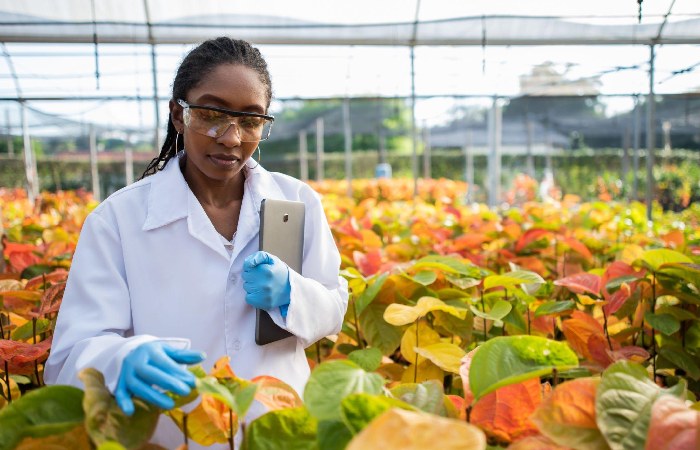
Agricultural biotechnology is a set of tools, including traditional breeding techniques, that transform living organisms, or parts of organisms, to make or modify products, repair plants or animals, or develop microorganisms for specific agricultural uses. Modern biotechnology today includes genetic engineering tools.
Also Read: Novatechfx Forex and Trading Platform Review
How is Agricultural Biotechnology Used?
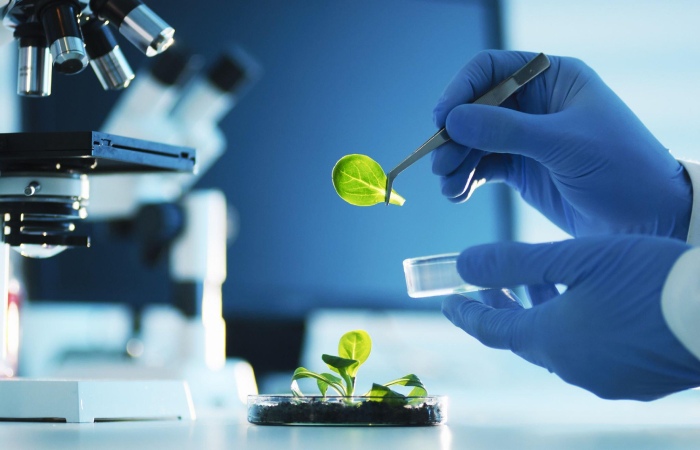
Biotechnology offers farmers tools that can make production more affordable and manageable. For example, some biotech crops can be engineered to tolerate specific herbicides, making weed control more straightforward and more effective. Other crops have been planned to be resistant to specific plant diseases and insect pests, which can make pest control more consistent and effective and can reduce the use of synthetic pesticides. These crop production decisions can help countries keep pace with food demand while lowering production costs. Farmers have adopted several biotech-derived crops that have been deregulated by the USDA and reviewed for safety by the Food and Drug Administration (FDA) and the Environmental Protection Agency (EPA).
Types of Biotechnology
Depending on the area its services fix, it can be classified into several groups identified by a shade code. Thus, the main types of biotechnology given to the colour code are:
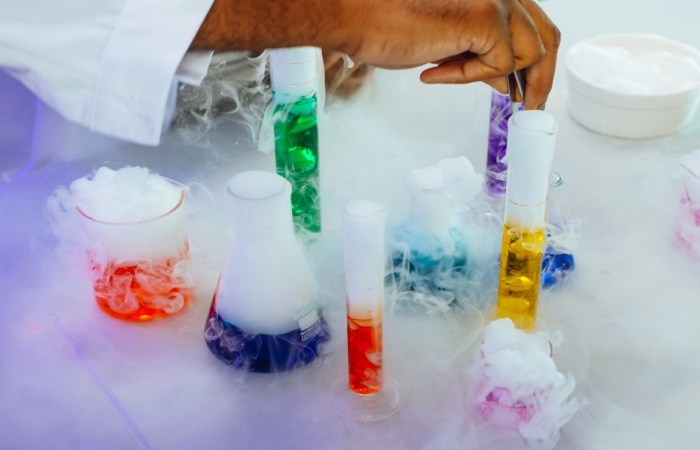
1. Green Biotechnology
Functional in agricultural processes such as, for example, in obtaining transgenic plants, that is, genetically modified. These plants present “innovations” and “advantages” concerning the others depending on the trait that the human being wishes to change. They may be able to produce under adverse climate conditions, resist various pests or diseases, etc. With all this, higher productivity in crops starts.
2. Blue or Marine Biotechnology
Still, under development, it is used in marine and aquatic environments. Its usefulness lies in aquaculture, food, health care, or cosmetic products.
3. Gray or Environmental Biotechnology
Its purpose is to maintain biodiversity, that is, to reservation species and eliminate pollutants and heavy metals from the natural environment. It links to the bioremediation process, which uses plants and microorganisms to reduce and also eliminate these substances that are harmful to the environment.
4. Red Biotech
Used in medical processes, the production of antibiotics from organisms, the development of vaccines and drugs, and the progress of genetic engineering, which through the manipulation of genes
finds a treatment for various diseases (gene therapy).
5. White Biotechnology, Linked to Industrial Processes
Its purpose is to create products that damage quickly, consume less energy, and generate less waste during production, as in the textile industry. Therefore, this biotechnology uses less income than traditional industry.
Though, they are not the only types. There are different types of biotechnology that go even deeper in the field of application:
Orange Biotechnology: its objective is the distribution of biotechnology, providing information to encourage and attract future investigators with high capacities for biotechnological development.
Brown biotechnology: includes treatments applied to arid and desert soils.
Golden biotechnology is related to bioinformatics as the analysis of data obtained from biological processes.
Black biotechnology: link biological warfare by investigating microorganisms that convert into biological weapons. By developing research in this field, attacks of this type prevent.
Purple biotechnology encompasses the legal issues of this science, such as security events, protection of patient data, bioethics, or legislation.
Yellow biotechnology: this is an emerging type of biotechnology belonging to the culinary industry related to reducing the capacity of fatty acids in oils used in cooking.
Advantages and Disadvantages of Biotechnology
Although speciously what see in the previous sections, there are all advantages with biotechnology, it also has drawbacks that take into account.
Advantages
- Superior crop yield. The resources used in them enlarge, which allows a more significant amount of food to be obtained for less, reducing the probability of lost crops.
- Pesticides are used less due to Genetically Changed Organisms (GMOs), which reduces costs and the eco-friendly risks caused by them.
- Improves nutrition; GMOs can provide excellent food since vitamins and also proteins add toxins.
- In addition, since GMO crops use in more adverse conditions, they can favor less favorite countries that have less access to food.
- Develop new biodegradable materials which generate a smaller amount of toxic waste.
- However, as we have mentioned, not everything is excellent in this science since it has drawbacks.
Disadvantages
- Risks to the environment include biodiversity loss or resistance to insect toxins incorporated in GMOs.
- Health risks. New toxins or allergic mixes create due to the transfer of these engineered toxins between organisms. In addition, there is the risk of leaks of viruses and bacteria working in the laboratories for their modification or specific use.
- In agriculture, it produces a decrease in labor in these agricultural transformation processes. But, in addition, they carry high costs that growers without ample resources cannot afford.
Conclusion
If you decide to study biotechnology, you will have opted for a discipline with a fundamental role in producing products that serve to detect and cure diseases or in combating climate change, among other aspects of vital importance for the future of humanity and Hence, it is a profession not only with many job opportunities but also; it is very satisfying. If you love science and technological applications, this is your career. This Degree will offer you a multidisciplinary approach that goes from research to the application of biotechnology.

